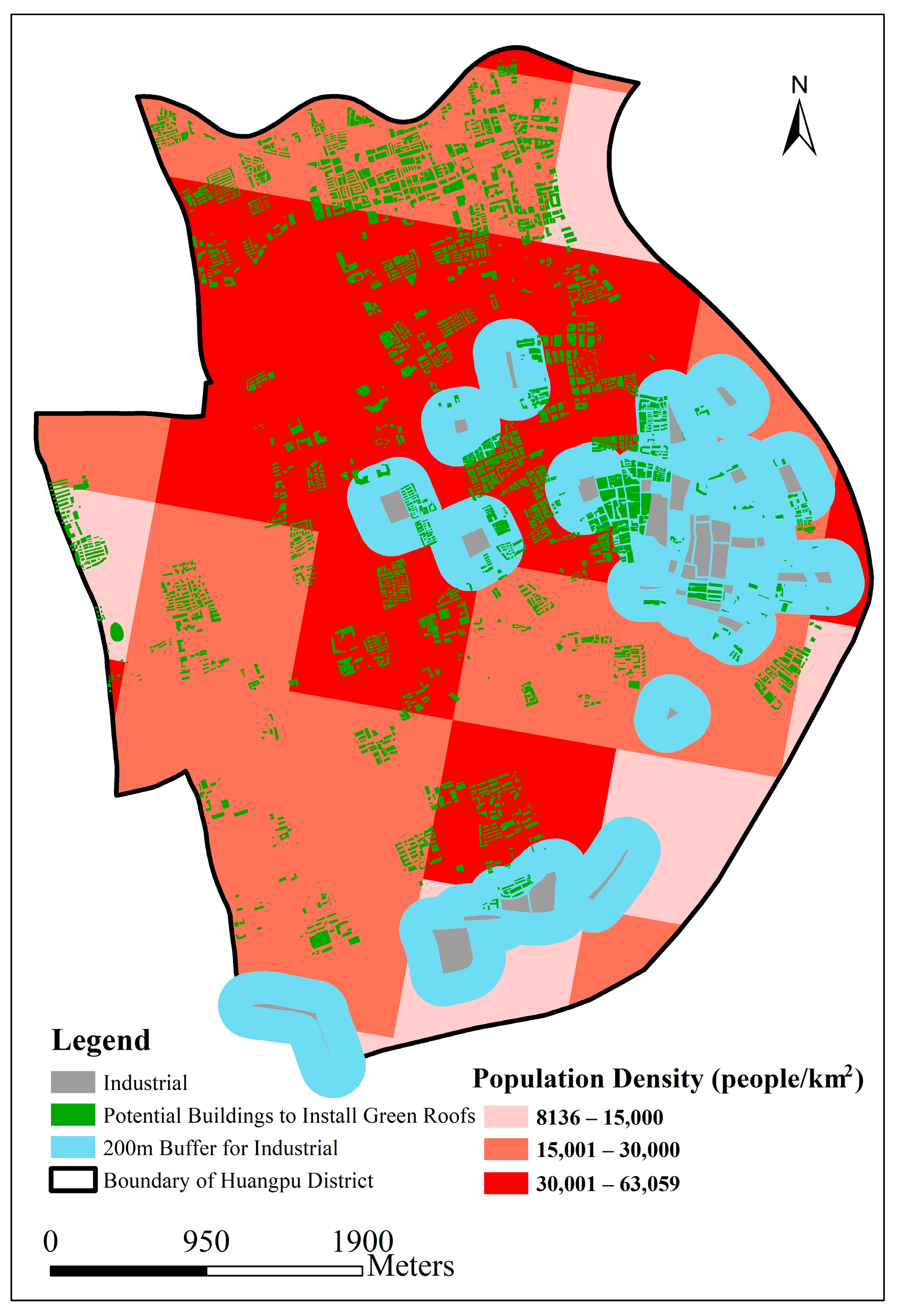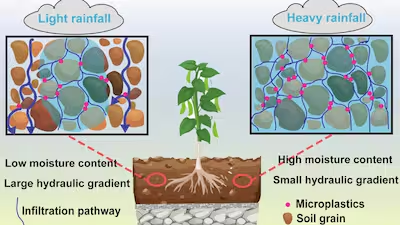Introduction: Green Roofs Offer New Hope for Urban Microplastic Pollution
Microplastic pollution has emerged as a significant global environmental challenge, especially in densely populated urban areas. A recent study from Tongji University and the Shanghai Academy of Landscape Architecture Science and Planning reveals that green rooftops in Shanghai have the potential to filter massive amounts of microplastics from rainwater, offering a promising solution to this growing problem.
Research Highlights: Impressive Microplastic Filtration Capacity

Published in Communications Earth & Environment, the study tested green rooftops’ ability to filter rainborne microplastics. Researchers discovered that green roofs can remove up to 97.5% of microplastics from rainwater. With Shanghai’s current vegetation covering 38.33 million square feet of rooftops, the city could potentially filter 56.2 metric tons of microplastics annually if green roofs were installed citywide.
According to Space.com, this breakthrough complements earlier findings about the multifaceted benefits of green rooftops, including their ability to regulate temperatures and improve air quality.
Testing Plant Types and Microplastic Exposure
The researchers planted two types of commonly used rooftop plants in Shanghai. They then introduced microplastic particles into the air at concentrations typically found in Shanghai’s urban environment. Simulated rains were applied to assess how well the plants and their underlying soil layers captured the microplastics.
The study showed that while the plants’ leaves captured some microplastics, the majority were absorbed into the soil layer. This outcome highlights the importance of soil composition and structure in the filtration process.
Why Green Roofs Are Effective at Capturing Microplastics
Green rooftops utilize a multilayered system that includes vegetation, soil, drainage, and waterproof membranes. In this system, rainwater carrying microplastics passes through plant canopies and permeates into the soil, where the particles are trapped effectively. Over multiple rainfall events, the researchers observed that filtration efficiency improved as the soil layers trapped increasing amounts of microplastics.
Microplastics Mostly Trapped in Soil, Not Leaves

Interestingly, the research found that only a small portion of microplastics remained on plant leaves. The vast majority accumulated in the soil. This indicates that soil management and plant selection are critical factors in maximizing the filtration benefits of green rooftops.
Moreover, the study emphasized that as rainfall intensity increases, so does the filtration efficiency, making green rooftops especially effective during heavy rains—a frequent occurrence in Shanghai’s monsoon climate.
Urban Green Infrastructure: A Scalable Solution
Shanghai, one of the world’s largest and most rapidly developing cities, stands to benefit enormously from expanded green rooftop programs. Besides reducing microplastic pollution, green rooftops also provide several co-benefits:
- Improved air quality
- Reduced urban heat island effect
- Enhanced stormwater management
- Energy savings in buildings
- Increased urban biodiversity
As cities worldwide grapple with rising plastic pollution, innovations like green rooftops provide a scalable, cost-effective, and eco-friendly solution that addresses multiple urban challenges simultaneously.

Global Implications and Future Research
This study opens the door for further research into the role of green infrastructure in mitigating microplastic pollution in other major cities worldwide. Researchers are now exploring which plant species, soil compositions, and rooftop designs yield the highest filtration rates.
Given the alarming levels of microplastics in both terrestrial and marine environments, strategies like these could become integral to urban planning and environmental policy moving forward.
Conclusion: Green Roofs Could Revolutionize Pollution Control

The findings from Tongji University underscore the enormous untapped potential of green rooftops in combating microplastic pollution. As Shanghai looks to scale up its green roof installations, other global cities may soon follow, recognizing green infrastructure not just as an aesthetic or energy-saving measure, but as a powerful tool for environmental preservation.
With continued research, innovation, and investment, green rooftops could become a cornerstone of future urban sustainability initiatives, offering cleaner rainwater, healthier air, and a greener skyline for generations to come.










